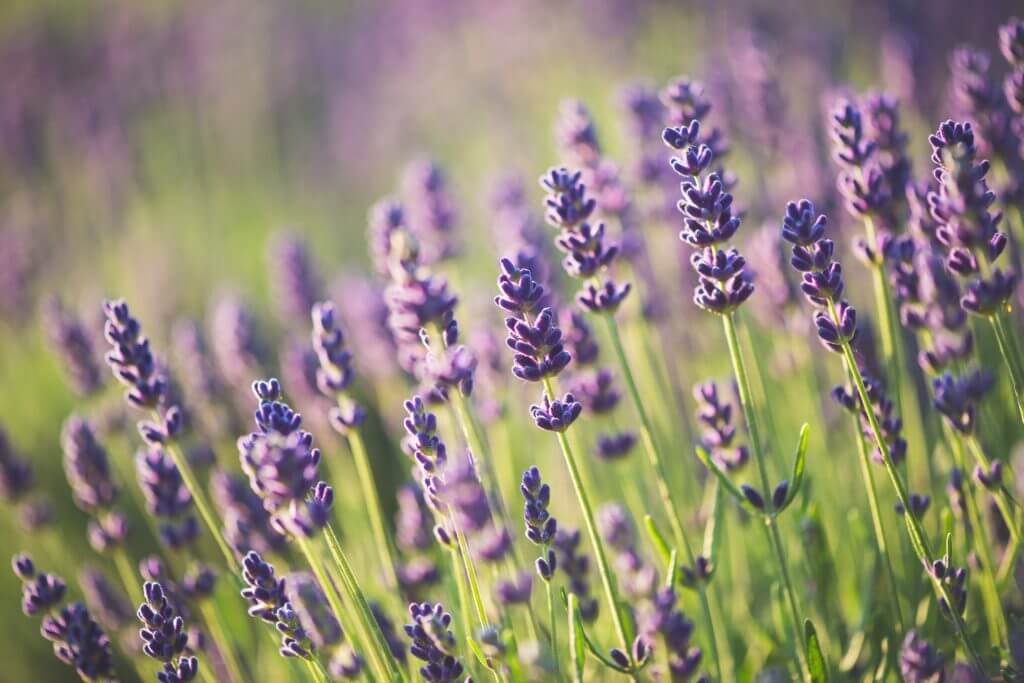- You are here:
- Home »
- Repellers »
- Cat repellent plants: do they actually work?
Cat repellent plants: do they actually work?
If you don’t want to use a cat deterrent such as wall spikes, a sound repellent device, a water jet repellent or a deterrent spray, cat repellent plants are a natural way to keep cats away from your garden.
Planted in your borders, they will provide colour and fragrance to your garden, whilst keeping cats off your lawn.
There are many herbs, plants and flowers that cats dislike which can be safely planted in your garden. Whilst they will not harm cats, they do not like the smell, so they will encourage those neighbourhood cats to keep away from your garden and exercise their right to roam elsewhere.
Effective cat repellent plants for gardens include:
Coleus canina
Also known as plectranthus caninus, or ‘scaredy cat’ plant, coleus canina smells of dog urine and is believed to deter both cats and dogs, as well as foxes and rabbits.
The blue-flowering plant needs to be placed in a sunny spot, although it will grow in the shade. Drought resistant, coleus canina will need to be protected from frost, so you should place the plants in a greenhouse or under a cold frame during the winter.
The smell is strong, so position them away from your doors or windows.
Curry plant for cats
Cats strongly dislike the smell of helichrysum augustfolium or italicum. The coarse texture of the plant is also thought to irritate cats’ fur.
The curry plant grows wild in the Mediterranean and has a very strong scent. It is not suitable for culinary use.
Planting curry plant in your borders and around your boundary should prevent cats from entering your garden. Planting them in should also stop cats using your flower beds as a litter tray!
Do bear in mind however that the curry plant is difficult to remove from your garden and may also harm other plants in its vicinity.
Lemon balm
Similar to the curry plant, cats dislike the smell and texture of lemon balm. It is often planted alongside curry plant. Easy to grow and maintain, the scent of lemon balm is pleasant to humans and the plant attracts bees and butterflies to your garden.
You can also use lemon balm leaves to make tea, which is beneficial in the treatment of common colds, headaches and stomach cramps.
Lavender

The scent of lavender is particularly unpleasant for cats. While there are several varieties of lavender, the most effective for repelling cats is the tall growing variety, as cats will not jump over something if they cannot see where they are going to land.
Lavender can grow in most places, so planting it in and around your other shrubs and flowers is an effective way of stopping cats wandering into your garden.
Rosemary

The sweet scent of rosemary – or rosmarinus officinalis – is pleasant to humans but repellent to cats. Great to use for cooking, you may need to grow rosemary in pots as it needs a warm, dry climate in which to thrive.
Prickly plants
Prickly plants deter dogs and foxes from entering your garden, as well as cats. They can be difficult to maintain and should be avoided if you have children.
Cat repellent prickly plants include:
- Hawthorn – this hedge is all but impenetrable to animals and humans
- Holly – similar to hawthorn, if planted close together this forms a strong barrier
- Blackberry – the thorns will deter cats and foxes from entering your garden, plus you can eat the berries
- Berberis – the prickles deter cats from entering your garden
- Blackthorn – the sharp spikes are a good deterrent for animals
Rue

The scent of rue – or ruta graveolens – irritates a cat’s sensitive nose, making it an ideal repellent to plant in your garden.
While harmless to cats, the blue leaves can cause blistering to the skin, so always handle wearing gardening gloves. If ingested by humans, rue can cause vomiting, convulsions and confusion, so this is not the ideal choice of cat repellent plant if you have children.
Ground cover
Cats choose bare soil when they are looking for somewhere to go to the toilet, so planting ground cover such as perennial geraniums is the ideal way to cover bare patches. If you do not like a busy looking garden, consider spreading rose or thorn cuttings over any bare soil to deter cats.
If you are looking for an immediate solution to the problem of cats using your carefully cultivated lawn and flowerbeds as a litter tray, cat repellent plants may not be ideal, as they take time to grow and effort to maintain.
If you do choose cat repellent plants for gardens, there may be an element of trial and error before you find which plants work best in your garden. How effective cat repellent plants are will depend on a number of factors, including:
- The quality of the soil
- The size of the affected area
- Whether cats respond to them
If you are looking for a natural deterrent, they are certainly worth trying.
